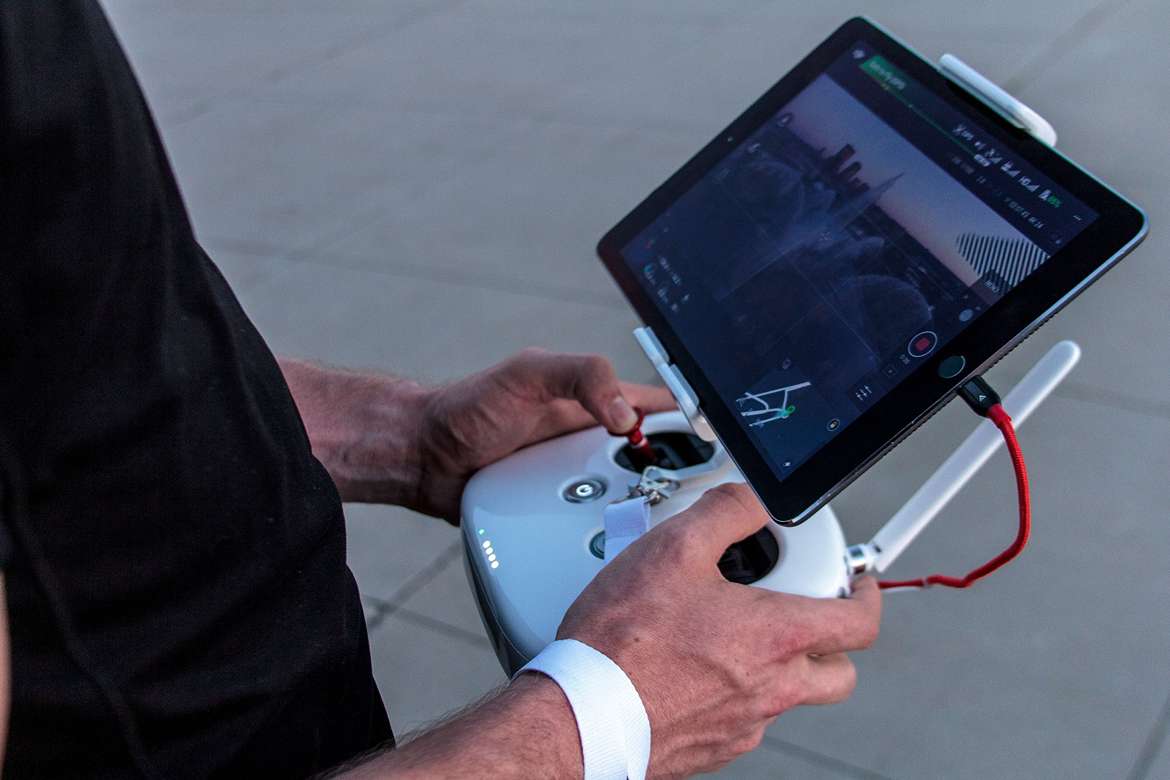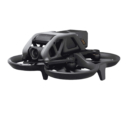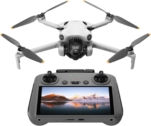
Drones have become increasingly popular over the past decade, transforming from niche gadgets to versatile tools used for photography, videography, agriculture, surveying, and even delivery. With so many options on the market, choosing the right drone can feel overwhelming. Whether you’re a beginner, an enthusiast, or a professional, this guide will help you navigate the key factors to consider when selecting the perfect drone for your needs.
1. Understanding Your Needs
What Will You Use the Drone For?
The first step in choosing the right drone is identifying your primary use case. Drones are designed for various purposes, and your intended use will significantly influence your decision. Here are some common use cases:
- Photography and Videography: If you’re into capturing stunning aerial shots, you’ll need a drone with a high-quality camera, gimbal stabilization, and advanced shooting modes.
- Recreational Flying: For casual flying, a simple and affordable drone with basic features will suffice.
- Racing and FPV (First-Person View): Racing drones are built for speed and agility, often requiring specialized controllers and goggles.
- Commercial Applications: Drones used for agriculture, surveying, or inspections need to be durable, have long flight times, and support specialized sensors or cameras.
- Travel and Portability: If you plan to take your drone on trips, portability, and foldable designs are essential.
Skill Level: Beginner, Enthusiast, or Professional?
Your experience level will also play a significant role in your decision:
- Beginners: Look for drones with easy-to-use controls, stability features, and durability (since crashes are more likely).
- Enthusiasts: Mid-range drones with advanced features like obstacle avoidance, longer flight times, and better cameras are ideal.
- Professionals: High-end drones with top-tier cameras, extended battery life, and advanced flight modes are necessary for commercial or creative work.
DJI Mavic 3
DJI Avata Explorer
DJI Mavic 3 Classic
DJI Mini 4 Pro
2. Key Features to Consider
Camera Quality
The camera is one of the most critical features of photography and videography drones. Consider the following:
- Sensor Size: Larger sensors (e.g., 1-inch or 4/3-inch) capture more light and produce better image quality.
- Resolution: Look for at least 12 MP for photos and 4K video for sharp, detailed footage.
- Gimbal Stabilization: A 3-axis gimbal ensures smooth, stable footage even in windy conditions.
- Frame Rates: Higher frame rates (e.g., 60fps or 120fps) allow for slow-motion video.
Flight Time and Battery Life
Flight time varies significantly between drones. Most consumer drones offer between 20 to 40 minutes of flight time per battery charge. If you need longer sessions, consider purchasing extra batteries.
Range and Transmission System
The range determines how far your drone can fly from the controller. Look for drones with reliable transmission systems like DJI’s OcuSync or Autel’s Enhanced Transmission for stable, long-range connections.
Portability and Size
If you plan to travel with your drone, portability is key. Foldable drones like the DJI Mavic series are compact and easy to carry.
Obstacle Avoidance and Safety Features
Advanced drones come with obstacle avoidance sensors (forward, backward, upward, downward, and side sensors) to prevent collisions. Features like Return-to-Home (RTH) and GPS tracking also enhance safety.
Intelligent Flight Modes
Many drones offer automated flight modes like:
- Follow Me: The drone follows you autonomously.
- Waypoints: Pre-program a flight path.
- MasterShots: The drone automatically captures cinematic footage.
- ActiveTrack: Tracks and follows a subject.
GPS and Return-to-Home Functionality
GPS ensures stable hovering and accurate positioning. Return-to-Home (RTH) automatically brings the drone back to its takeoff point if the signal is lost or the battery is low.
3. Types of Drones
Camera Drones
Designed for photography and videography, these drones prioritize camera quality and stability. Examples include the DJI Mavic 3 and Air 2S.
Racing Drones
Built for speed and agility, racing drones are lightweight and often require manual piloting skills. They are typically used with FPV goggles for an immersive experience.
Toy Drones
Inexpensive and simple, toy drones are great for beginners or kids. They usually lack advanced features but are fun to fly.
FPV Drones
First-person view drones provide a real-time video feed to goggles, offering an immersive flying experience. They are popular among racing and freestyle enthusiasts.
Commercial and Industrial Drones
These drones are used for professional applications like surveying, mapping, and inspections. They often come with specialized sensors and longer flight times.
4. Budget Considerations
Entry-Level Drones (50−50−300)
Ideal for beginners, these drones are affordable but may lack advanced features. Examples include the DJI Mini 2 and Holy Stone HS720.
DJI Mini 3 Pro
Mid-Range Drones (300−300−1,000)
These drones offer a balance of performance and affordability. Examples include the DJI Air 2S and Autel EVO Lite+.
DJI Air 2S
High-End Drones ($1,000+)
Designed for professionals, these drones come with top-tier cameras, long flight times, and advanced features. Examples include the DJI Mavic 3 and Inspire 3.
DJI Mavic 3
Hidden Costs
Don’t forget to budget for accessories like extra batteries, propellers, ND filters, carrying cases, and insurance.
5. Legal and Regulatory Requirements
Drone Registration
In many countries, drones above a certain weight must be registered with the aviation authority. Check your local regulations.
No-Fly Zones
Avoid flying in restricted areas like airports, military bases, and national parks. Use apps like B4UFLY or DJI Fly Safe to check no-fly zones.
Privacy Concerns
Respect privacy laws and avoid flying over private property without permission.
Insurance
Consider getting liability insurance, especially if you’re using the drone for commercial purposes.
6. Top Drone Recommendations
Best Drones for Beginners
- DJI Mini 2: Lightweight, affordable, and easy to fly.
- Holy Stone HS720: Great value with GPS and a decent camera.
Best Drones for Enthusiasts
- DJI Air 2S: Excellent camera quality and intelligent flight modes.
- Autel EVO Lite+: Competes with DJI in terms of features and performance.
Best Drones for Professionals
- DJI Mavic 3: Top-tier camera and flight performance.
- DJI Inspire 3: Ideal for filmmaking and commercial applications.
7. Tips for First-Time Drone Buyers
- Start Small and Upgrade Later: Begin with an affordable drone to learn the basics before investing in a high-end model.
- Practice Flying in Open Spaces: Avoid crowded areas until you’re confident in your piloting skills.
- Invest in Accessories: Extra batteries, propellers, and a carrying case are essential.
- Join a Drone Community: Online forums and local clubs can provide valuable tips and support.
8. Conclusion
Choosing the right drone depends on your needs, budget, and skill level. By understanding the key features, types of drones, and legal requirements, you can make an informed decision that suits your goals. Whether you’re capturing breathtaking landscapes, racing through obstacle courses, or using drones for professional applications, the perfect drone is out there waiting for you. Happy flying!
This guide should provide you with a solid foundation for choosing the right drone. If you have any specific questions or need further recommendations, feel free to reach out to drone communities or consult with experts. The sky’s the limit!












